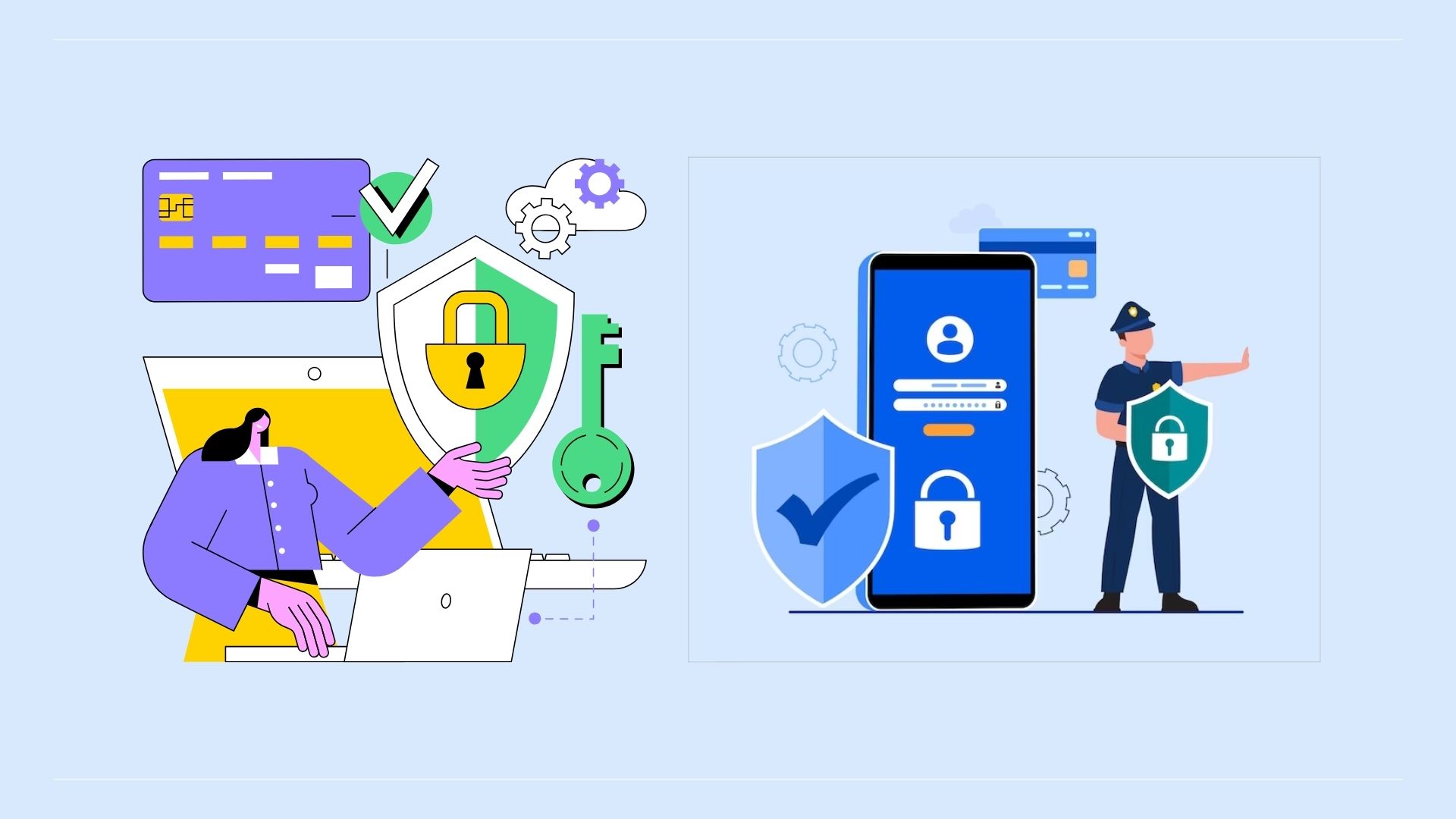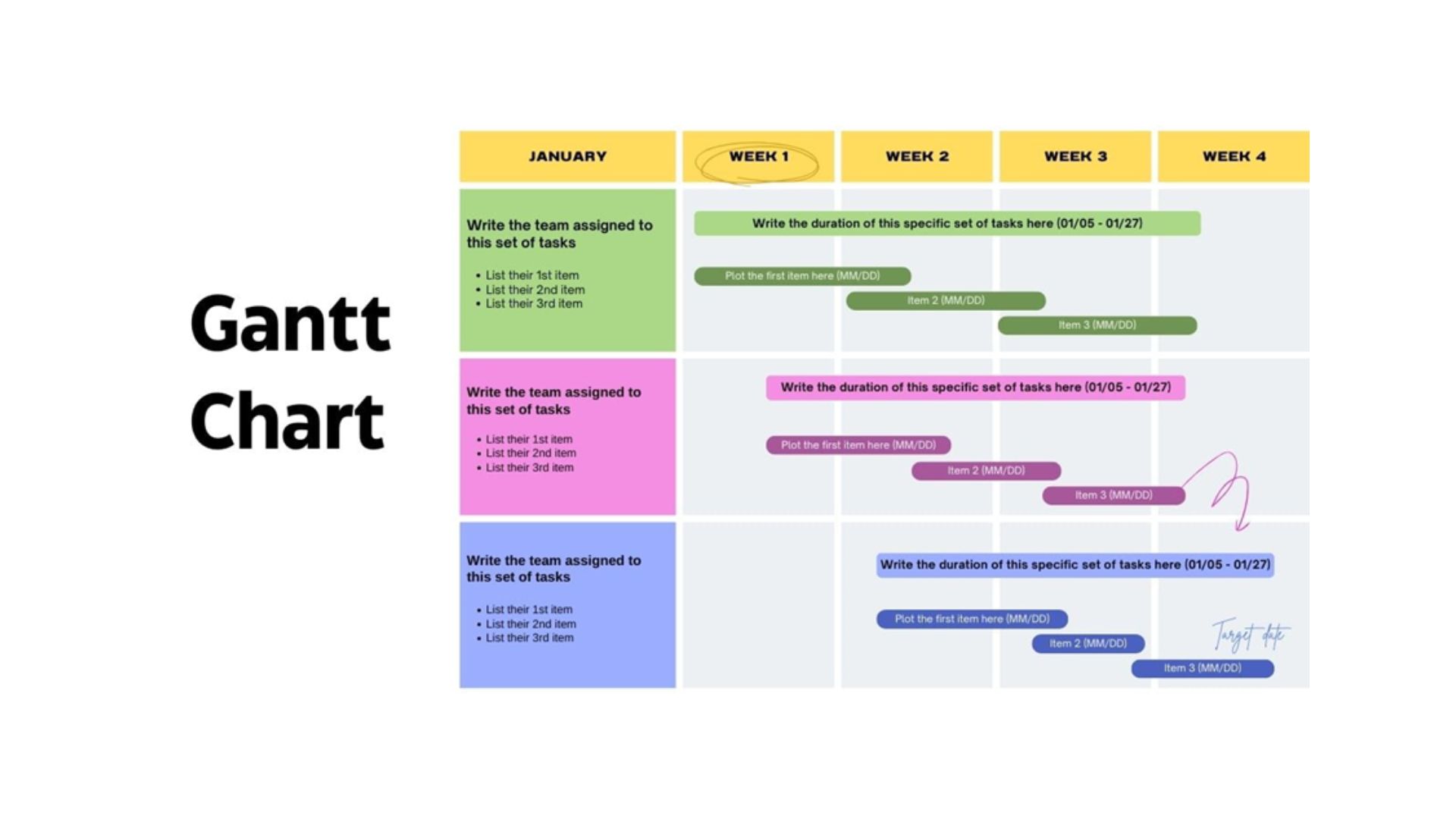How to Get Funding for an Enterprise Mobile App
WHAT WE HAVE ON THIS PAGE
By Robert Lacis, Apperian
The use of enterprise mobile apps by different employees and work teams across the enterprise can generate enormous productivity gains. Sales associates are able to access critical client data while they’re face-to-face with a customer or prospect. Field service technicians can retrieve information about the design of a part or specs for a piece of equipment they’re in the midst of repairing. A project manager can check on the status of an assignment and brainstorm with fellow team members on next steps regardless of their location.
These types of efficiency gains help explain why a study commissioned by Salesforce found that enterprise mobile apps boost worker productivity by more than 34 percent.
Indeed, many CIOs, mobility leaders and line-of-business professionals want to mobilize their workforce with custom apps. More than 75 percent of organizations surveyed plan to build 10 or more mobile apps this year, according to research that Apperian conducted with CITO Research this spring.
At a cost that can scale to hundreds of thousands of dollars per app, though, gaining C-suite buy-in is no easy feat.
In my experiences with obtaining executive sign-off and budget to build mobile apps for sales teams at Cisco, Maxim Integrated and other companies, I’ve discovered that there are three good approaches for building a successful business case:
Show Mobile App ROI
When evaluating project proposals, senior management mainly cares about two things: How much it’s going to cost and how the investment will impact the company’s top and/or bottom lines. If your organization is considering building a mobile app for its salespeople, top brass will likely want to know whether the app will enable salespeople to increase the volume of sales as well as deal sizes. Will the new app enable sales associates to better identify cross-selling opportunities with customers and prospects? If so, how?
Since not all enterprise mobile apps are designed to increase revenue, mobile app champions also need to communicate an effective business case for other types of apps that are intended to boost productivity. For instance, if your company is a law firm or designs buildings that’s headquartered in a city, will lawyers and engineers use an app while they’re commuting on a train? Will they be able to connect to the network and maximize their productivity while they’re not in the office?
Be prepared to field a range of questions from C-level executives about the cost benefits of proposed mobile apps — because they’re going to come.
Speak in Executives’ Language
Just as savvy CIOs have had to learn how to communicate the value of technology investments in terms that business leaders can understand, be sure to highlight the mobile app’s benefits in ways that executives will grasp.
For instance, describe how the app will help the organizational or business unit (marketing, retail, distribution) achieve its goals as well as how the app will contribute to the company’s strategic goals, such as driving revenue growth and/or lowering expenses.
Also, be sure to cater the expected benefits based on the decision-maker’s role. If it’s the CFO, talk about how the mobile app will impact bottom-line income. For the head of HR, clearly describe how the app will save them and their team members time onboarding new employees. When speaking to the head of sales, describe how the app will help increase deal volume and value.
Ensure Mobile App Security
Even if you’re able to secure funding for a mobile app, you’ll need to convince the CIO and other members of the C-suite that the app won’t compromise sensitive customer or company data. Thanks to the steady stream of security breaches affecting companies of all types, security has become a board-level issue. In fact, according to a recent study conducted by North Carolina State University and Protiviti, cyber security ranks third among the top 10 risks facing organizations today, behind regulatory changes and economic conditions.
Clearly convey how different technical options such as app wrapping and usage policies can prevent employees from exposing proprietary data via mobile apps. Describing how this works in layman’s terms can help gain buy-in from senior management — including risk-averse CIOs.
Even as more and executive teams realize that mobile initiatives can drive huge productivity and cost savings, the resources required to develop, distribute and manage an enterprise mobile app can seem daunting and create a hang-up in moving these projects forward. The tips above will help ensure you, as an enterprise mobile app champion, can get the buy-in you need.
Robert Lacis is senior director of Customer Success at Apperian, an enterprise-class mobile application management and app store platform for the secure delivery of critical apps to 100 percent of users across an organization.

Public relations, digital marketing, journalism, copywriting. I have done it all so I am able to communicate any information in a professional manner. Recent work includes creating compelling digital content, and applying SEO strategies to increase website performance. I am a skilled copy editor who can manage budgets and people.








